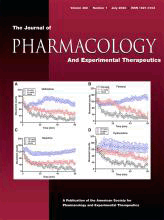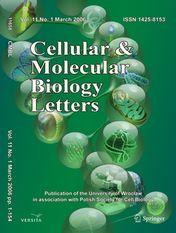
“Dexanabinol, HU-211, a synthetic cannabinoid devoid of psychotropic effects, improves neurological outcome in models of brain trauma, ischemia and meningitis.
Recently, HU-211 was found to inhibit brain tumor necrosis factor (TNFalpha) production after head injury. In the present study, we demonstrate the ability of HU-211 to suppress TNFalpha production and to rescue mice and rats from endotoxic shock after LPS (Escherichia coli 055:B5) inoculation.
Administration of LPS to Sprague-Dawley rats resulted in a 30% reduction in the mean arterial blood pressure within 30 min, which persisted for 3 hr. HU-211, given 2 to 3 min before LPS, completely abolished the typical hypotensive response. Furthermore, the drug also markedly suppressed in vitro TNFalpha production and nitric oxide generation (by >90%) by both murine peritoneal macrophages and rat alveolar macrophage cell line exposed to LPS.
HU-211 may, therefore, have therapeutic implications in the treatment of TNFalpha-mediated pathologies.”









